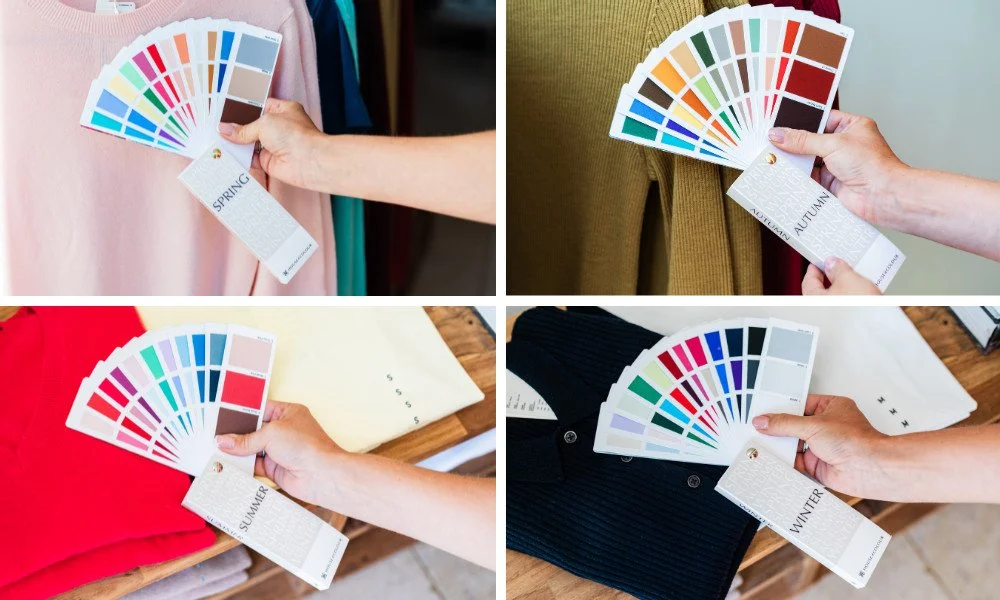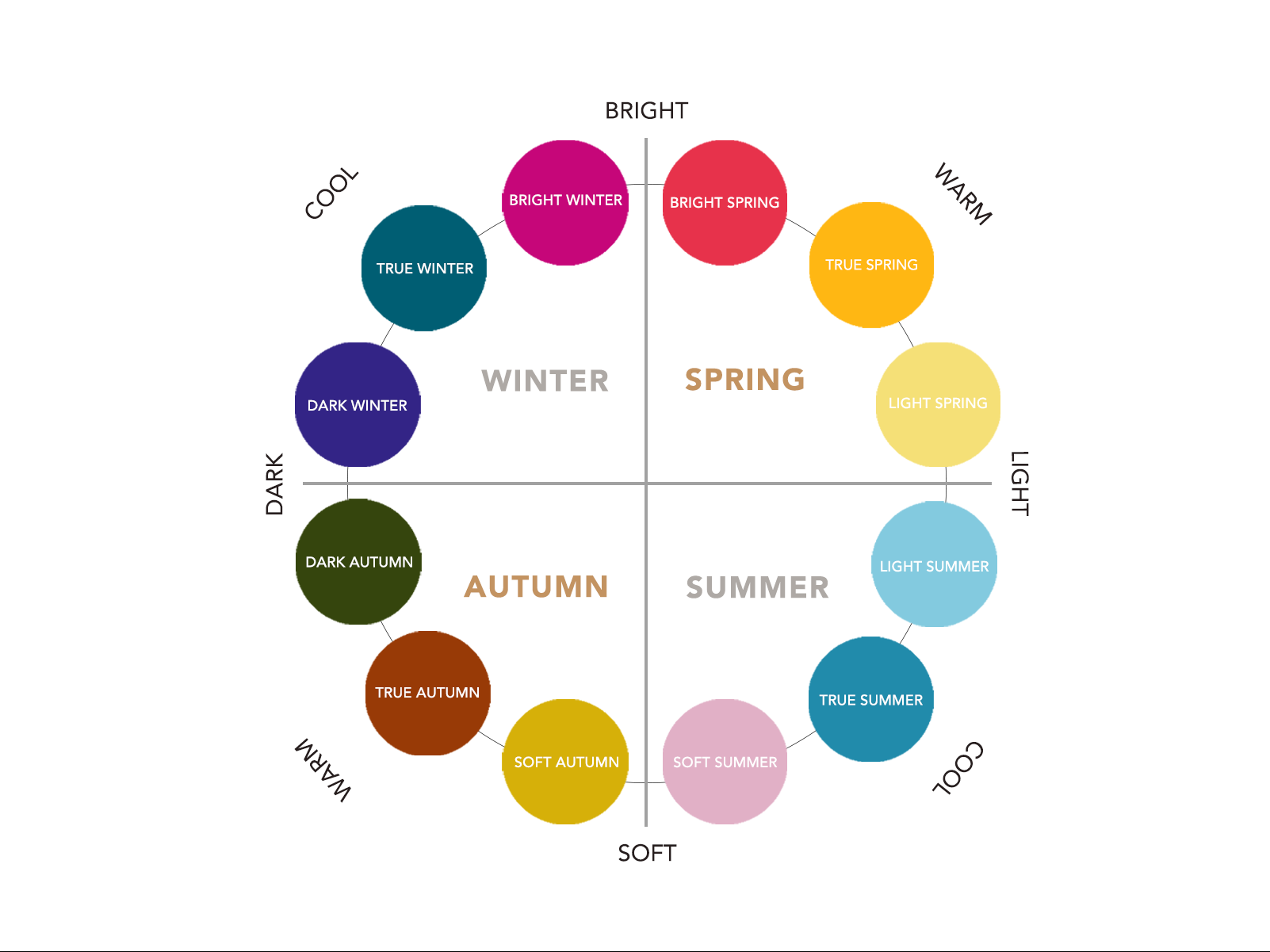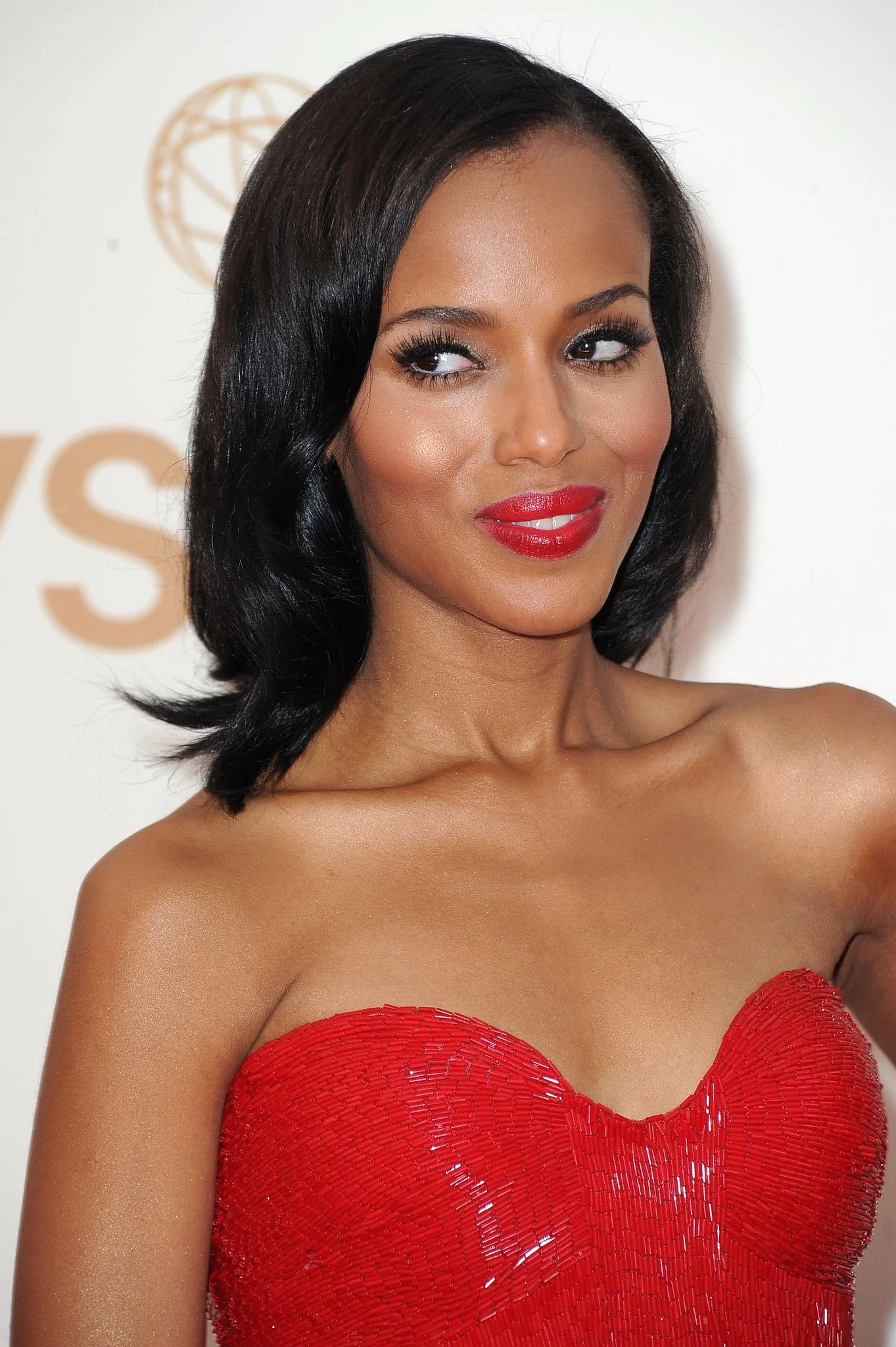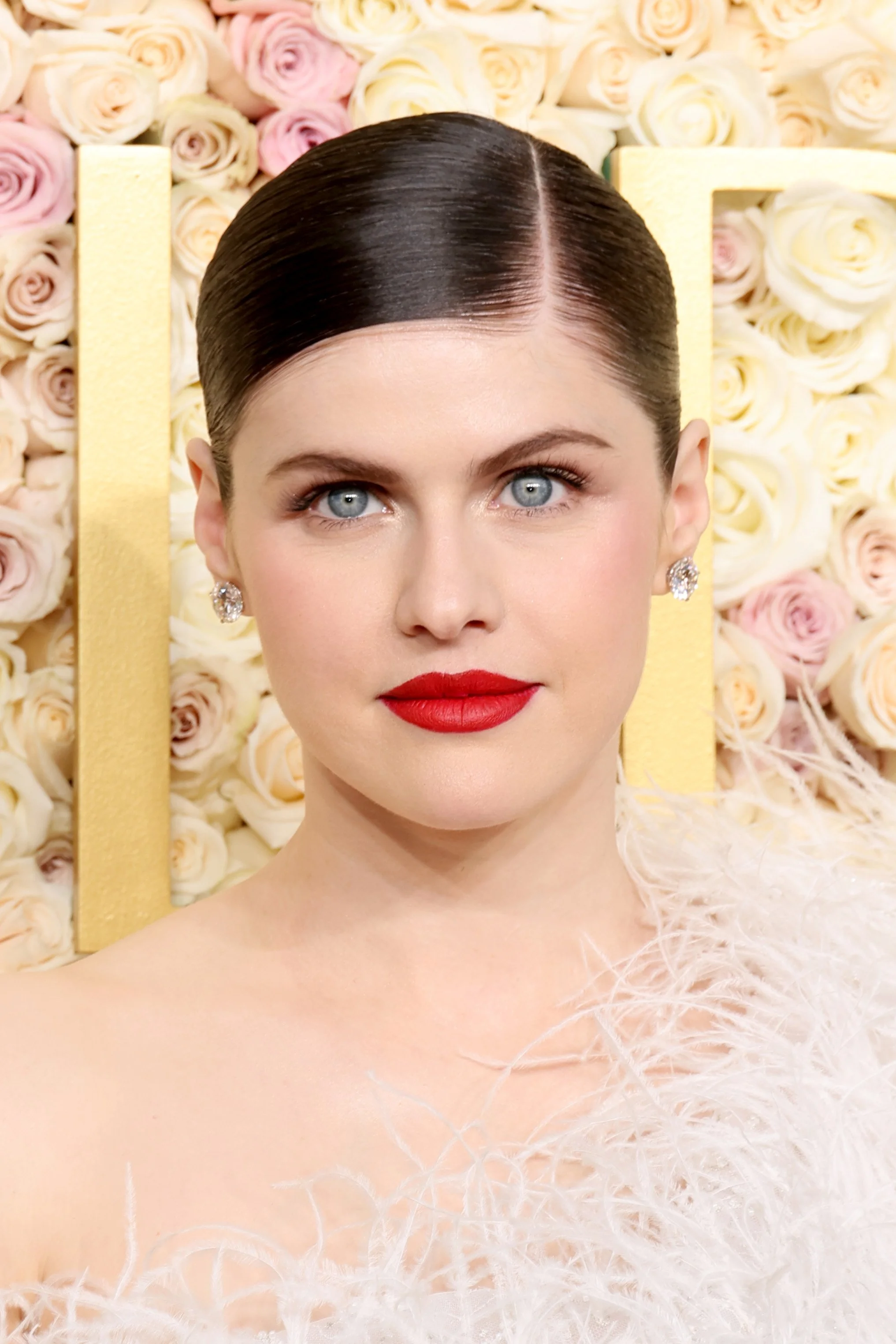Does Color Analysis Work?
If you’ve ever wondered in front of your closet whether a certain shade of blue suits you, or why a blouse makes you look washed out, you’ve already experienced the basics of color analysis. Some colors naturally highlight our features, while others can leave us looking tired or less vibrant. Color analysis, sometimes called seasonal or personal color analysis, became popular in the 1980s, especially through Carole Jackson and earlier, Suzanne Caygill. Jackson introduced the idea of four 'seasons'—spring, summer, autumn, and winter—each with a set of colors designed to match a person’s skin, hair, and eye color. Since then, the model has grown, and many stylists now use 12- or 16-season systems with more detailed categories.
In this article, we’ll explore why color analysis works (and where it doesn’t), how you can tell what “season” you might be, and then dive deeper into the four main seasons and their so you can see how the more nuanced systems map out.
Why Colour Analysis Works
Modern systems look at your natural coloring, including your skin undertone (warm or cool), your contrast level (like light hair and eyes versus dark hair and eyes), and your color intensity (soft or vivid), and how these interact with the colors you wear. For example, the ColorEssence Style System starts by draping calibrated colors, then moves on to neutral tones and further refinement.
When you pick colors that align with your undertone, value, and chroma, your skin might look clearer, your eyes brighter, and your overall look more harmonious. Conversely, colors that clash with your natural coloring can make you look washed out, sallow, or fatigued. That’s why color analysis is especially popular when people are reworking their wardrobe, refining their image, or trying to project more confidence.
Color Pallete Wheel
How to Determine What Season You Are
Before you dive into a full palette, many stylists use some simple tests to narrow things down:
Vein test: View your wrist in natural light. If your veins appear blue, you likely have a cool undertone; if greenish, warm. If you’re somewhere in between, you may lean neutral.
Draping test: Place different fabrics near your face (side by side) and see how your skin, eyes, and overall appearance react. Sometimes, silver vs. gold jewelry is used to check undertones, then full-color drapes.
Compare yourself to people with similar features. If you know someone, or even a celebrity, who has hair, eye, and skin tones like yours, notice which colors suit them. This can help you figure out your own season.
Professional consultation: If you want greater precision, a color analyst will go through a systematic draping process, check your neutrals, and give you swatches, visual guides, and wardrobe tools.
Keep in mind: while these systems are helpful, they’re not perfect. Your coloring might be “in-between” seasons, or you may have changes in hair color or skin tone over time, so flexibility and personal preference still matter.
The Four Seasons & Their Subtypes
Below we walk through each of the four classic seasons—spring, summer, autumn, and winter—and then elaborate on the common subtypes within each. These sub-types give more nuance to the “one-size-fits-all” season approach, allowing for differences in lightness, depth, brightness, or mutedness.
Summer
Rihanna is a true summer despite stylists mistaking her cool undertone
Lili Reinhart is a light summer
Main traits: Cool undertones (pink/blueish); hair often ashy blonde or light brown/ash brown; eyes soft grey/blue/green; overall low-to-medium contrast and somewhat muted coloring. Typical palette: Soft dusty pinks, lavender, powder blue, sage green, cool grey, and muted rose.
Subtypes:
Light Summer: The lightest contrast among Summers. Pale, cool, soft coloring; colors are light, soft pastels like shell pink, powder blue, and pale lilac.
True Summer: Medium lightness, cool undertones, moderate contrast. Colors are cool and muted—lavender, denim, and dove grey—not overly bright.
Soft Summer: Lower contrast, more muted and subtle than Light or Cool Summer. Colors drift toward “dusty” or “smoky” cool tones—misty rose, slate blue, and soft sage.
Spring
Emma Stone is a light spring
Kerry Washington is a bright spring
Main traits: Warm and bright/clear; often golden or peachy undertones in skin; hair may be golden blonde, light auburn, or warm brown; eyes bright (blue-green or hazel with golden flecks). Typical palette: Warm corals, warm yellows, peach, light greens, clear turquoise, and warm ivory.
Subtypes:
Light Spring: The lightest version of spring—think fresh, soft, spring-morning shades. Pastel warm corals, warm light greens, and soft warm yellows. Colors are warm and light but with less intense contrast.
True Spring (sometimes called Warm Spring): Fully warm, medium value, clear. Vibrant warm tones like tomato red, grass green, and warm apricot.
Bright Spring (also called Clear/Warm-bright Spring): Warm undertones combined with higher contrast and more vivid colors. Think hot coral, clear lime, and vibrant turquoise—colors that are warm but punchy.
Autumn
Emily Ratajkowski is a true autumn
Jourdan Dunn is a dark autumn
Main traits: Warm undertones (golden, olive, or peachy), medium-to-deep value, often richer hair colors (auburn, copper, or warm dark brown), and eyes often hazel, green, or warm brown. Typical palette: Terracotta, rust, olive green, mustard, forest green, warm browns, and golden camel.
Subtypes:
Soft Autumn: The most muted version of Autumn—warm but gentle; colours are dusty/soft warm tones like warm beige, moss green, muted terracotta
True Autumn: Pure warm autumn—strong warm undertones, medium-deep values, and colors like pumpkin, ochre, rich olive, and burnt sienna.
Dark Autumn: The deepest Autumn variant—warm undertones, darker coloring, higher contrast; colors are deep and warm—inky olive, deep russet, espresso brown, and deep teal.
Winter
Naomi Campbell is a dark winter
Alexandra Daddario is a bright winter
Main traits: Cool undertones (pink/blue/olive‐cool), often high contrast (very dark hair with light skin or vice versa), or crisp cool coloring; eyes are often bright or icy (bright blue, dark brown, or black). Typical palette: Black, pure white, jewel tones (emerald, royal blue, fuchsia), crisp cool reds, icy tones, cool metallics
Subtypes:
Bright Winter (or Clear/Bright Winter): Cool undertones + high contrast + bright/vivid coloring. Colors are clear, icy, and vibrant—fuchsia, electric blue, vivid teal, crisp white.
True Winter: The classic Winter palette—cool undertones, clear and crisp coloring, and medium-to-high contrast. Colors lean toward pure cool hues like cobalt, true red, emerald, and black/white.
Dark Winter: Cool undertones and deeper, stronger contrast (dark hair, dark eyes, maybe medium skin). Colors are rich, dark, and cool—ink black, charcoal, deep sapphire, and rich burgundy with a cool base.
Conclusion
So, does color analysis work? In many cases, yes — when used thoughtfully, it gives people a framework to understand what colors truly support their natural coloring and which may not. It’s not about rigidly forbidding colors you love, but rather about revealing your best-working palette so your wardrobe and appearance feel more cohesive, effortless and true to you.
You can discover more about color analysis on these Instagram accounts: Curate Your Style and Styled by Frances Cairns









